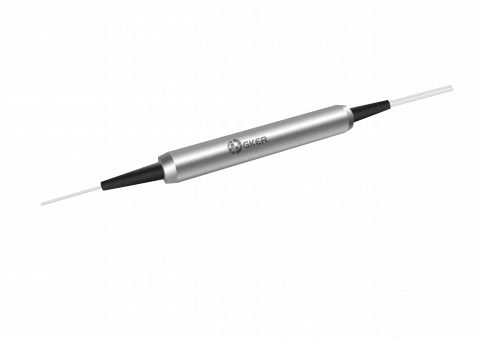Description
The GKER Photonics 2 µm Filter Wavelength Division Multiplexer (GK-FWDM Series) is a high-performance optical device designed to facilitate efficient wavelength division multiplexing (WDM) in advanced fiber-optic systems. Leveraging cutting-edge thin-film filter technology, this multiplexer excels in combining or separating light across a wide range of wavelengths with unparalleled precision.
Engineered to meet the rigorous demands of modern optical applications, the GK-FWDM Series ensures exceptional performance with its low insertion loss, high isolation, and minimal polarization dependence. The device is optimized to deliver a typical insertion loss of 0.6 dB and a maximum insertion loss of 0.8 dB, while providing a typical isolation of 30 dB and a minimum isolation of 25 dB. The reflect band operates efficiently with a wavelength range of 1560 - 1580 nm, ensuring excellent performance in various optical systems.
Designed with high power handling capability in mind, the GK-FWDM Series can manage up to 300 mW of continuous wave optical power. This is achieved through advanced pigtail processing and high-quality anti-reflective (AR) coatings, which contribute to its superior durability and reliability. The multiplexer’s low polarization dependent loss, with a maximum of 0.2 dB and a typical value of 0.1 dB, further enhances its suitability for high-speed WDM network systems where signal integrity is critical.
The device is housed in a robust package that ensures excellent environmental stability, operating reliably across temperatures from -5°C to +70°C and withstanding storage temperatures ranging from -40°C to +85°C. This makes it ideal for deployment in diverse and challenging environments.
The GK-FWDM Series is versatile in its fiber compatibility, offering options for PM 1550 Fiber and PM 1950 Fiber configurations to meet specific application requirements. With its precision-engineered design and high-performance specifications, the GK-FWDM Series is an excellent choice for enhancing the functionality and efficiency of WDM networks, erbium-doped fiber amplifiers (EDFAs), Raman amplifiers, and other fiber-optic instruments.
2 µm Filter Wavelength Division Multiplexer
Specifications
| Operating Wavelength: | 1950 nm |
|---|---|
| Operating Bandwidth: | Not Specified |
| Isolation (min): | 25 dB |
| Max Power Handling: | 300 W |
| Polarization Maintaining: | No |
| Pass Band Wavelength Range: | 1950 - 2050 nm |
| Typ. Insertion Loss: | 0.6 dB |
| Storage Temperature: | - 40 to + 85 ℃ |
| Max. Insertion Loss: | 0.8 dB |
| Typ. Isolation: | 30 dB |
| Min. Isolation: | 25 dB |
| Reflection Band Wavelength Range: | 1560 - 1580 nm |
| Typ. Insertion Loss: | 0.6 dB |
| Max. Insertion Loss: | 0.8 - 1.3 dB |
| Typ. Isolation: | 15 dB |
| Min. Isolation: | 12 dB |
| Min. Return Loss: | 50 dB |
| Max. Polarization Dependent Loss: | 0.2 dB |
| Typ. Polarization Dependent Loss: | 0.1 dB |
| Thermal Stability: | 0.005 dB/℃ |
| Max. Optical Power (Continuous Wave): | 300 mW |
| Max. Tensile Load: | 5 N |
| Fiber Type: | PM 1550 Fiber (all ports) PM 1550 Fiber for reflect port and or PM 1950 Fiber (all ports) PM 1950 Fiber for common & pass portSMF-28 for R, PM 1550 for C & P - |
| Operating Temperature: | -5 to +70 ℃ |
Features
- Wide Wavelength Range: Covers 1950 - 2050 nm for pass band and 1560 - 1580 nm for reflection band
- Low Insertion Loss: Typical loss of 0.6 dB and maximum loss of 0.8 dB
- High Isolation: Provides typical isolation of 30 dB and minimum isolation of 25 dB
- Excellent Environmental Stability: Operates reliably from -5°C to +70°C with a storage range of -40°C to +85°C
- High Power Handling: Capable of managing up to 300 mW of continuous wave optical power
- Low Polarization Dependent Loss: Maximum PD loss of 0.2 dB with typical PD loss of 0.1 dB
Applications
- Wavelength Division Multiplexing (WDM) Networks: Efficiently combines or separates multiple wavelengths
- EDFA (Erbium-Doped Fiber Amplifier) Systems: Ideal for signal processing and amplification
- Raman Amplifiers: Suitable for high-performance amplification in fiber-optic systems
- Fiber-Optic Instruments: Enhances functionality and performance in various optical measurement devices
Frequently Asked Questions
What is the typical insertion loss for the GK-FWDM Series?
What is the maximum insertion loss this device can exhibit?
What are the typical and minimum isolation values provided by this device?
What wavelength ranges does the GK-FWDM Series cover?
What is the maximum optical power this multiplexer can handle continuously?
What is the maximum tensile load the multiplexer can withstand?
What are the operating temperature limits for this device?
What are the storage temperature limits for the device?
What types of fiber are compatible with the GK-FWDM Series?
How is the device packaged?
Similar Products
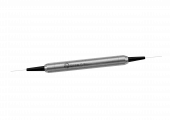
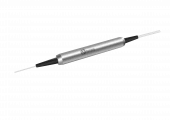
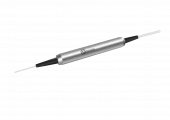

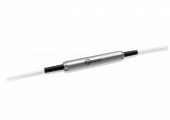

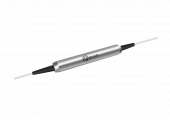
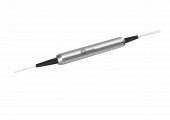
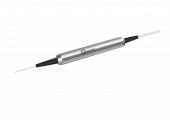
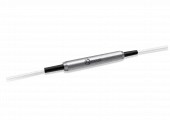
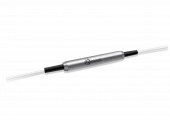

Your inquiry has been received.
Create an account by adding a password
Why create an account?
- Auto-complete inquiry forms
- View and manage all your past messages
- Save products to your favorites
- Close your account anytime — no hassle
